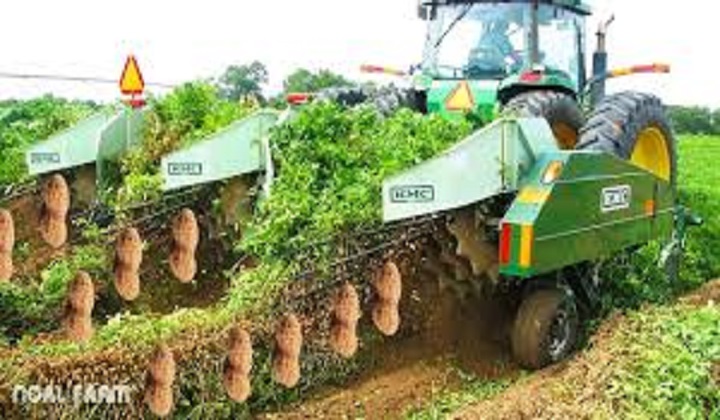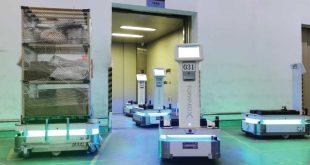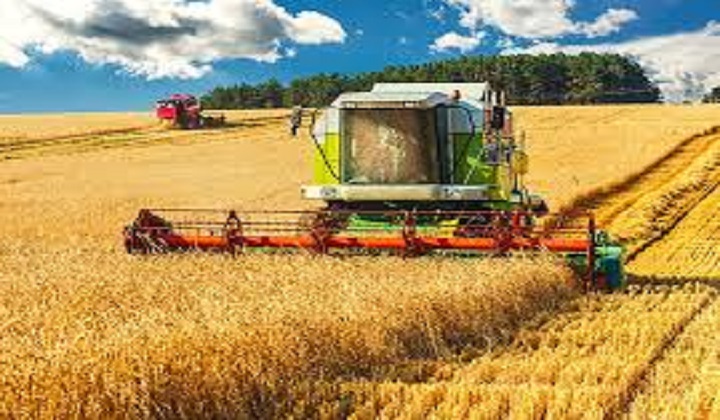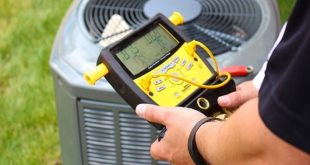Introduction
The shifting from hunting and gathering societies to agrarian societies allowed people to stay in one place and grow their food. Until the industrial revolution, most people had to grow their own food, using their own labor. As the economies shifted toward an industrial society, people moved away from rural agricultural areas and populations became concentrated in cities.
Agricultural producers were called upon to produce more food with less labor to feed a larger number of people in urban areas. As a result, agricultural mechanization started with the development and use of the steam engine for threshing and has led to the development of prototype fully autonomous farm machinery today. Most agricultural mechanization occurred in the late nineteenth and early twentieth centuries.
The development of the steam engine in the late nineteenth century was an enabling technology for the development of agricultural automation. The steam engine, a relatively portable power source, allowed the automation of threshing, formerly performed by hand. Steam engines were large and expensive, so only the large, wealthy agricultural producers could afford them. In the 1920s and 1930s, smaller tractors with internal combustion engines that ran on gasoline were mass-produced at low cost and more farmers could afford them.
This in turn led to increased farm machinery automation, since the machines were readily available. Farmers, often mechanical by nature, invented attachments and machinery that was driven by the tractor to automate tasks that were previously performed by hand. Other developments, including mobile hydraulics and electronics, have allowed the automation of more complex tasks in agricultural machinery.
Mobile hydraulics allowed large forces to be generated using hydraulic cylinders. In addition, hydraulics allowed remote power with hydraulic motors without the need for a mechanical driveline. Electronic control units (ECUs) can control hydraulic valves to regulate the flow of hydraulic fluid to the actuators. The ECU can use information from sensors to control the operation of the systems on a vehicle, such as a hitch, power-take-off (PTO), transmission, and tearing systems. Advances in hydraulics and electronics have led to the development of more complex machines.
The development of guidance systems and autonomous vehicles is currently state-of-the-art in agricultural mechanization. Since the late nineteenth century, farmers have been devising methods of making a tractor follow a plow furrow by using a feeler. In the later part of the twentieth century, the combination of hydraulics and electronics allowed for more sophisticated guidance strategies. Some of these strategies include low force feelers that can guide the tractor or implement based on the position of rows and guiding the tractor based on the position of the vehicle from the Global Positioning System (GPS)
Vehicle Guidance
Farmers spend many hours operating machinery in the field to perform tillage, planting, cultivation, and harvesting. Although farmers are usually very good machinery operators, it is not possible to maintain the correct path all the time. If the machine should veer from the correct path, production losses will occur due to crop damage or harvest losses, depending on the operation. If less skilled operators are used, the problem becomes worse.
To reduce losses due to operator error, guidance systems can be used to help the operator steer the vehicle, particularly in ambiguous situations where the path is difficult for the operator to see or follow, such as when spraying or planting. In situations where maintaining the proper position is even more critical, such as cultivation or harvesting, the guidance system can steer the vehicle directly using electronics and hydraulic controls.
Such guidance systems are used to steer machinery across the field, usually in parallel swaths or following the rows of plants. Using a guidance system for agricultural machinery is not a new concept. One of the earliest guidance systems used a wheel to steer a steam-powered traction engine along a plow furrow.
A small steel wheel was designed to run in a plow furrow next to the tractor. The guidance wheel was attached to the front wheels of the tractor and held up against the furrow using a spring. As the tractor veered left or right, the guidance wheel in the furrow would steer the tractor in the opposite direction, keeping it on track parallel to the plow furrow. One of the drawings from the patent is shown in Figure 4.1. Depending upon the situation, different guidance strategies or groups of guidance strategies may be needed to achieve the best outcome.
Each strategy uses or combines various technologies to guide the vehicle. For example, consider a tractor cultivating a row crop, such as cotton. A sensor with feelers can locate the row accurately, and ensure that the vehicle follows the row. However, there is no assurance that the tractor is cultivating the correct set of rows.
The GPS system can locate the tractor on the proper set of rows, but the accuracy may not be precise enough to cultivate between the rows without damaging the crop. The two systems may be combined to provide a better solution




